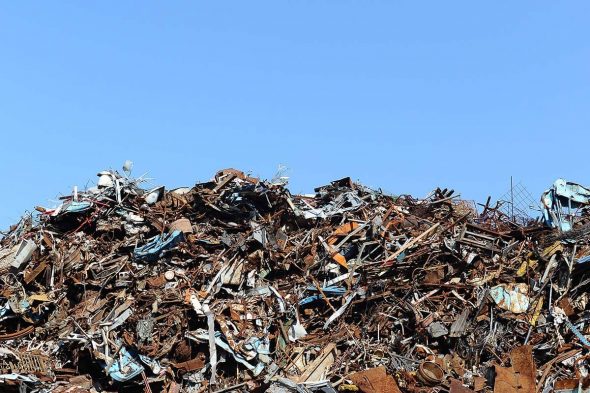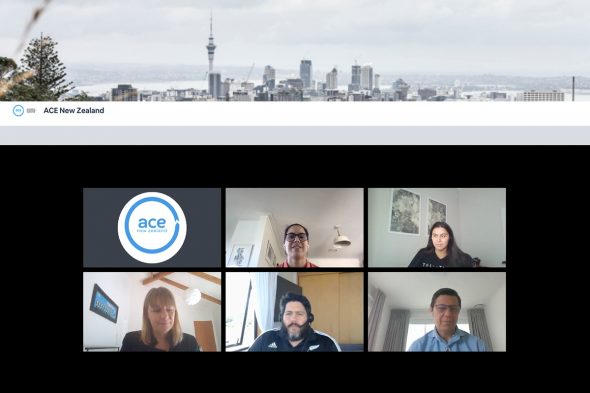Update – Steel Recycling Report
Steel is a hero of the circular economy: study estimates 85% of Aotearoa’s building and construction steel waste is recycled Earlier this year, HERA published a Steel Recycling Report, which outlined the estimated steel recycling rate in New Zealand. At the time, we indicated that the specific building and construction waste recycling rate was likely…











